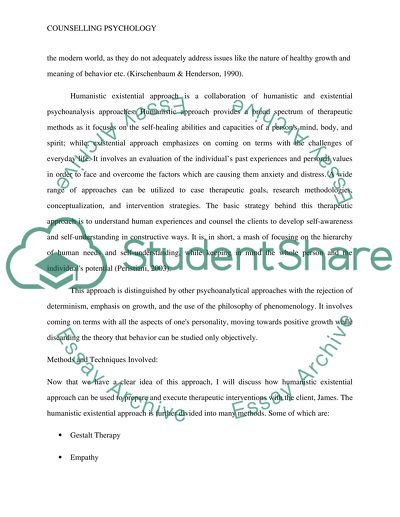Cite this document
(“Counselling Psychology Essay Example | Topics and Well Written Essays - 2500 words”, n.d.)
Retrieved from https://studentshare.org/psychology/1398210-counselling-psychology
Retrieved from https://studentshare.org/psychology/1398210-counselling-psychology
(Counselling Psychology Essay Example | Topics and Well Written Essays - 2500 Words)
https://studentshare.org/psychology/1398210-counselling-psychology.
https://studentshare.org/psychology/1398210-counselling-psychology.
“Counselling Psychology Essay Example | Topics and Well Written Essays - 2500 Words”, n.d. https://studentshare.org/psychology/1398210-counselling-psychology.


